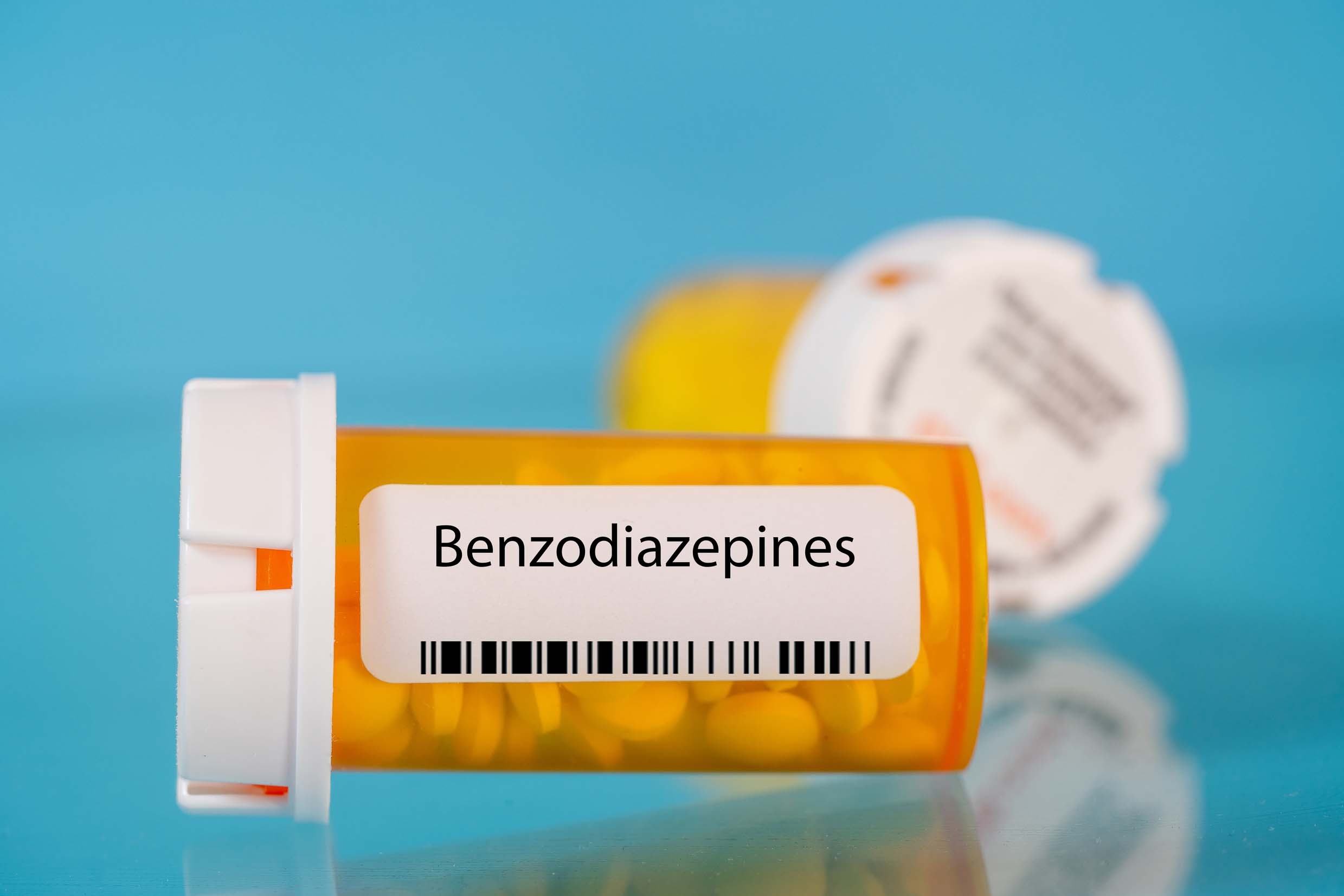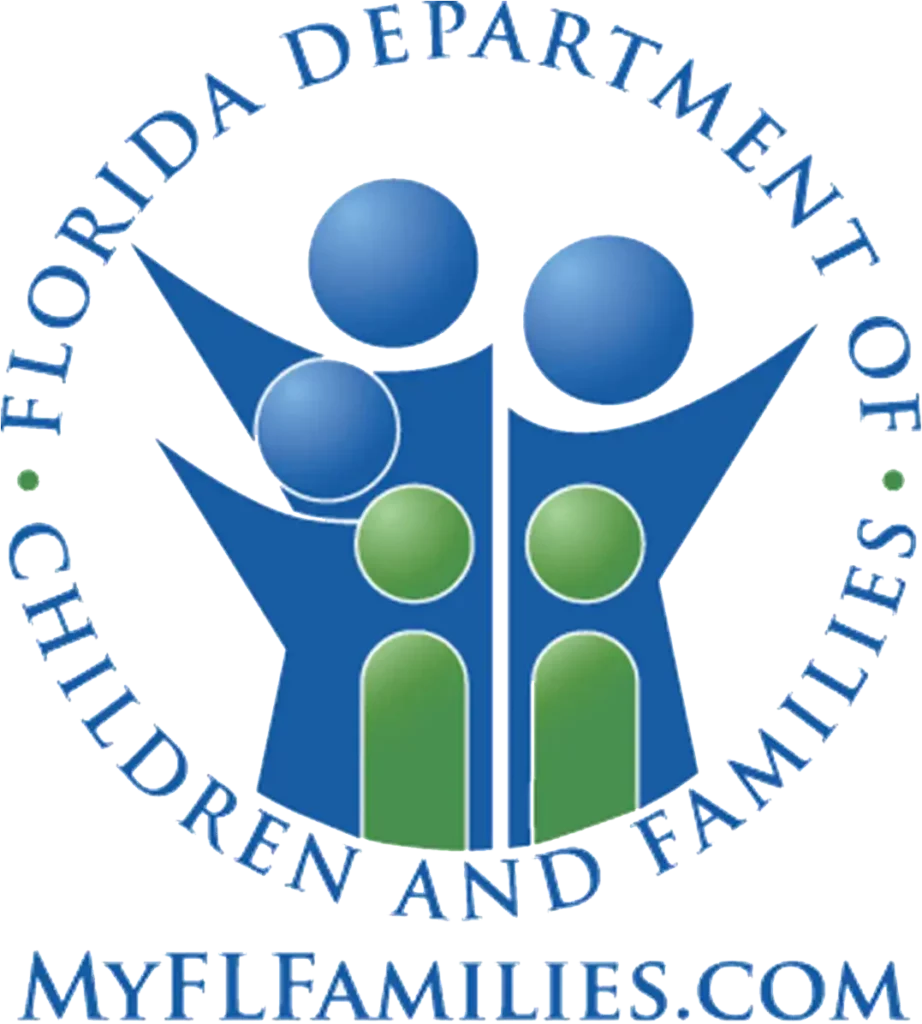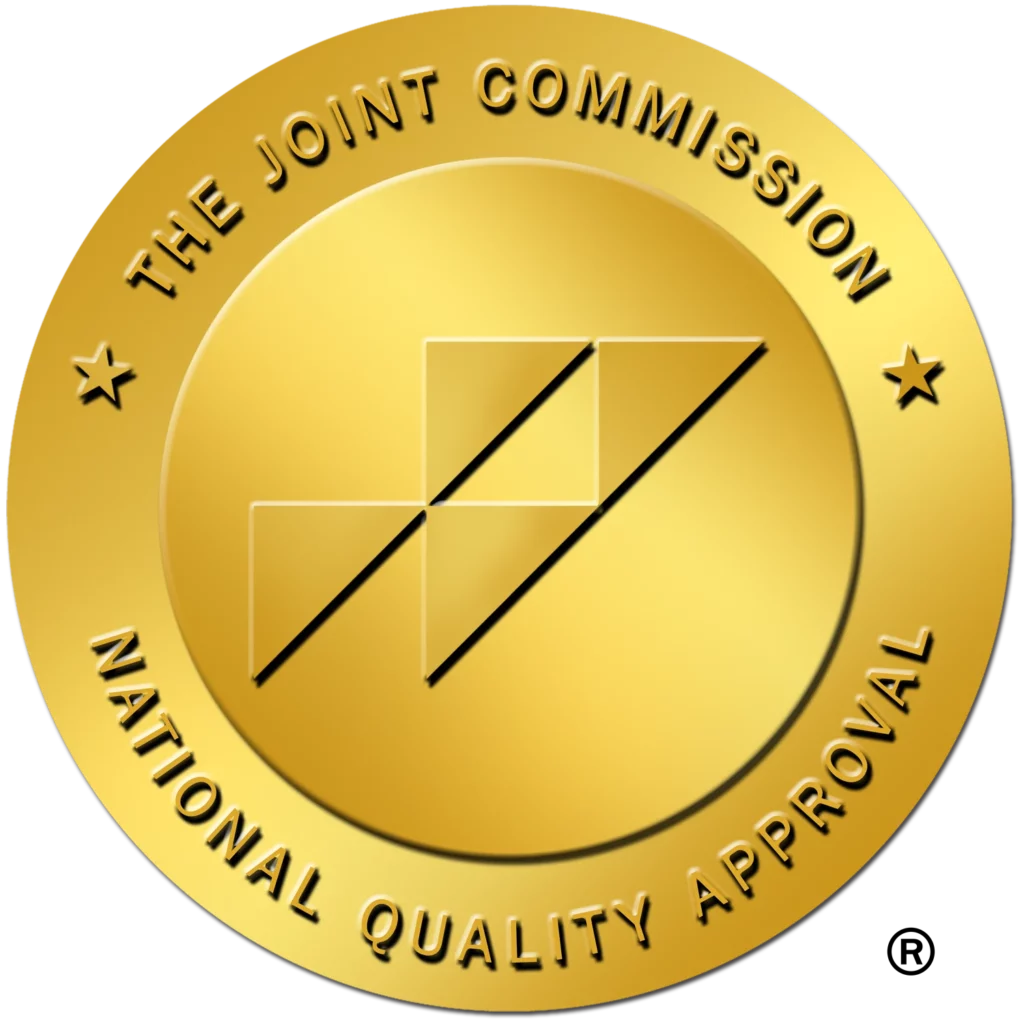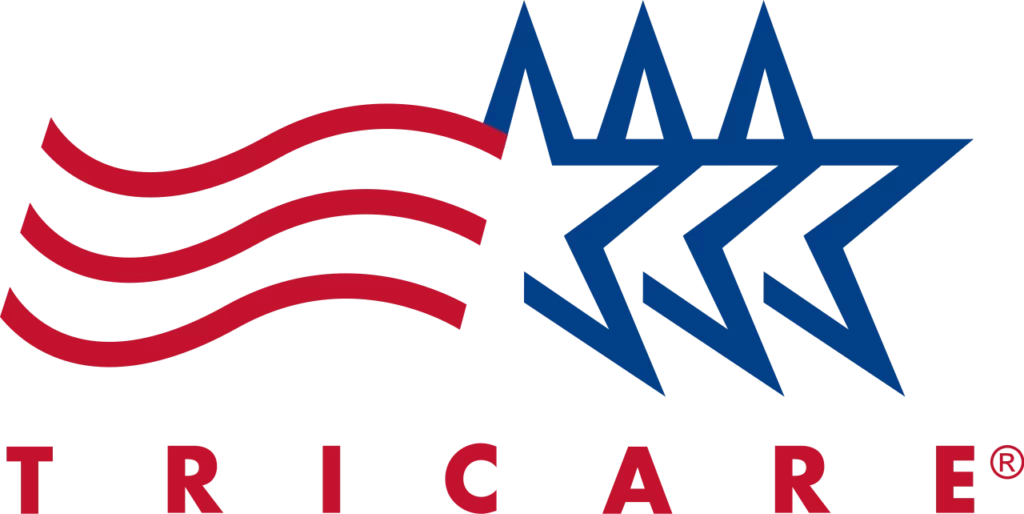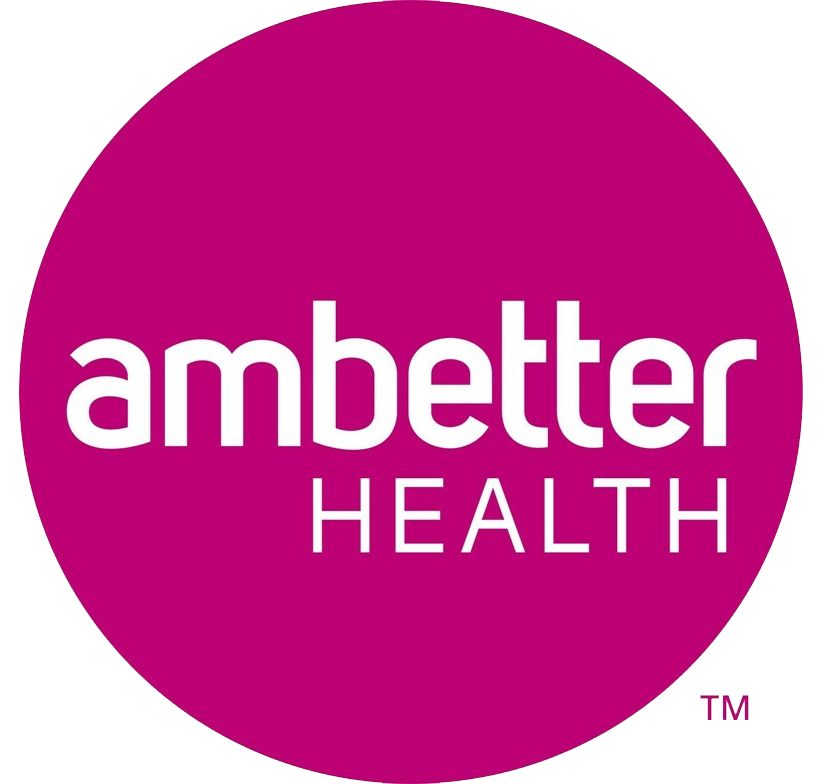Medication Assisted Treatment
This entry was posted in Addiction News, Addiction Recovery, Alcohol Abuse, Drug Abuse, Prescription Drugs and tagged on January 29, 2024 by Justin Baksh, MS, LMHC, MCAP, Chief Clinical Officer.

Addiction is a chronic brain disease characterized by an intense need to use a substance or engage in a behavior, even when there are serious, harmful consequences. This persistent dependence happens because of changes in brain circuits related to reward and motivation, caused by the substance. This makes it really difficult to quit, even when you want to.
A person struggling with addiction will have intense difficulties fulfilling responsibilities, maintaining healthy relationships, and managing emotions, and this negatively impacts both physical and mental well-being.
Addiction can be tough to overcome alone. Traditional treatment like therapy and support groups are great, but sometimes they need a little extra help. Medication-assisted treatment, or MAT, is like a helping hand. It combines medications with therapy and counseling so that both the physical and mental parts of addiction are treated. The medications help manage cravings and withdrawal symptoms, making it easier to focus on the therapy and skills you need to build a healthy life. MAT isn’t a magic cure, but it’s a powerful tool that can make a big difference in your recovery journey.
What is MAT?
Think of addiction as two parts: the physical cravings and the mental struggle. Traditional therapy helps with the mental side, teaching you new coping skills and ways to manage your thoughts and emotions. But sometimes, the physical cravings can be overwhelming, making it hard to focus on therapy or stick with new habits.
Medication-assisted treatment (MAT) is another tool in your recovery toolbox. The medications are used to target the physical part of addiction, helping to reduce cravings and withdrawal symptoms. This makes it easier to manage them and focus on the mental work you are doing in therapy. The medications take the edge off the cravings, so you can concentrate on building a healthier, happier life.
MAT keeps the cravings from controlling you, so you can work on underlying issues that contribute to your addiction. There’s no such thing as a “magic pill,” but medication can be a powerful ally in your fight for recovery.
What Medications are used in MAT?
In Medication-Assisted Treatment (MAT), different medications play crucial roles in supporting recovery from addiction. Let’s take a closer look at the main ones.
- Methadone
What it is: A long-acting opioid agonist, meaning it binds to the same brain receptors as opioids like heroin or morphine.
How it works: Reduces cravings and withdrawal symptoms by mimicking the effects of opioids in a controlled way, allowing individuals to focus on therapy and rebuilding their lives. Typically used for: Opioid use disorder (OUD).
2. Buprenorphine
What it is: A partial opioid agonist, meaning It works like a weaker version of an opioid on the brain.
How it works: It satisfies cravings and calms withdrawal symptoms while causing less
euphoria compared to full opioid agonists like methadone. It also has a “ceiling effect,” preventing the intense highs associated with opioid misuse.
Typically used for: OUD. Available in various forms, including tablets, films, and injectables.
3. Naltrexone
What it is: An opioid antagonist, meaning it creates a block at the brain receptors that prevents the effects of opioids.
How it works: Prevents the euphoric effects and cravings associated with opioid use, making it difficult to relapse.
Typically used for: OUD and alcohol use disorder (AUD).
4. Acamprosate
What it is: A non-opioid medication used to treat AUD.
How it works: Helps regulate brain chemicals involved in reward and craving, reducing the desire to drink alcohol.
Typically used for: AUD.
5. Naloxone
What it is: An emergency medication that rapidly reverses opioid overdose.
How it works: Binds to opioid receptors, blocking their effects and reversing potentially fatal overdose symptoms.
Not directly used in MAT, but crucial for safety and harm reduction.
It’s important to remember that MAT is not a one-size-fits-all approach. The specific medication and dosage must be based on the individual’s needs and preferences, taking into consideration factors like the type of addiction, medical history, and overall health.
The Positive Impacts of Medication-Assisted Treatment (MAT) for Addiction Recovery
It’s medication along with therapy, addressing physical and mental issues at the same time, to help you beat addiction for good. It has been shown to have numerous positive impacts on individuals struggling with substance use disorders. Here are some of the key benefits:
- Reduced Cravings and Withdrawal Symptoms:
One of the primary challenges of addiction is managing cravings and the symptoms of withdrawal. MAT medications reduce the intensity of cravings and reduce withdrawal symptoms. This makes it easier for individuals to focus on therapy and develop coping mechanisms, ultimately increasing their chances of long-term recovery.
2. Increased Abstinence Rates and Sustained Recovery:
Compared to traditional treatment methods alone, MAT has been shown to significantly increase abstinence rates and promote sustained recovery. Studies have found that individuals receiving MAT are more likely to remain drug-free over time and experience fewer relapses.
This is because MAT addresses both the physical and psychological components of addiction, providing a more holistic approach to recovery.
3. Improved Mental and Physical Health:
Addiction takes a toll on mental and physical health. MAT can help individuals regain their well-being by improving sleep, reducing anxiety and depression, and stabilizing mood.
Additionally, medication can be used to manage chronic pain conditions that often contribute to addiction in the first place.
4. Enhanced Social and Vocational Functioning:
Addiction can disrupt relationships, careers, and even quality of life. MAT can help individuals rebuild their lives by allowing them to focus on work, family, and other important aspects of their lives. It can improve their ability to hold down a job, maintain healthy relationships, and participate in social activities.
5. Reduced Overdose Risk:
Opioid overdose is a major public health concern. MAT can significantly reduce the risk of overdose by decreasing opioid use and providing individuals with naloxone, an emergency medication that can reverse the effects of an overdose.
Are There Any Negative Side Effects?
Like any medication, those used in MAT do have potential side effects. It’s important to be aware of these before starting treatment and discuss them thoroughly with your doctor.
General Side Effects Include:
Headache, Nausea, Dizziness, Constipation, Insomnia, Fatigue, Sweating
Medication-specific Side Effects:
Methadone: High doses can cause drowsiness, respiratory depression (slowed breathing), and difficulty urinating.
Buprenorphine: Can cause constipation, headache, and decreased libido.
Naltrexone: Can cause irritability, muscle aches, and difficulty sleeping.
Other Potential Risks
Misuse or abuse: Some individuals may misuse or abuse the medications used in MAT, especially those with a history of substance abuse.
Allergic reactions: In rare cases, individuals may experience allergic reactions to the medications.
Interactions with other medications: It’s vital to tell your doctor about any and all medications you are taking, including herbal supplements, as some may interact with MAT medications.
The potential benefits of MAT often outweigh the side effects for most individuals. Most side effects are mild and only temporary, and medications can be adjusted to manage them. You and your doctor will work closely together to address any side effects. Adjustments to your treatment plan is the most common and simple solution. The potential risks and benefits of MAT should be discussed honestly with your doctor before starting treatment, so you can make an informed decision about whether MAT is right for you.

